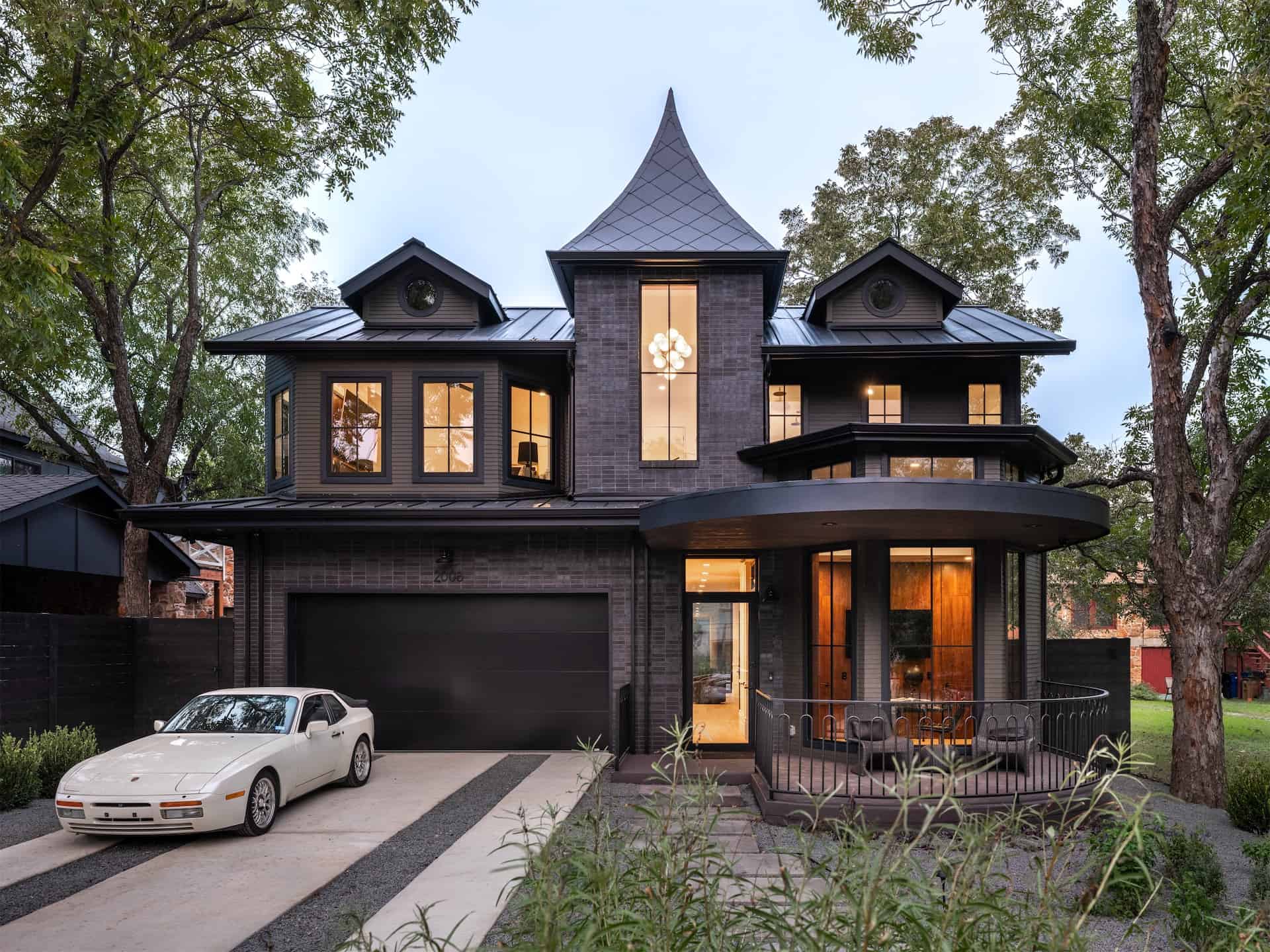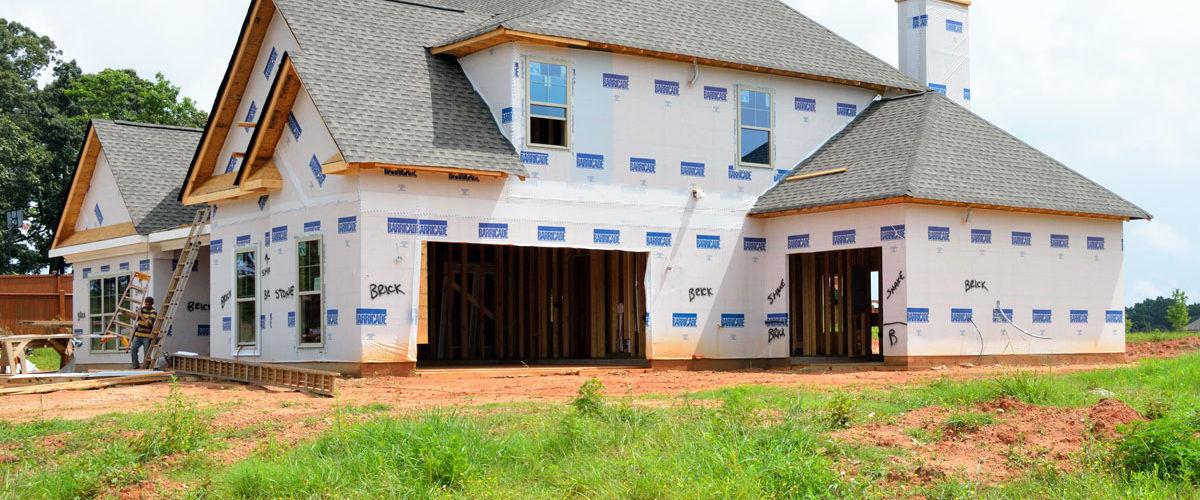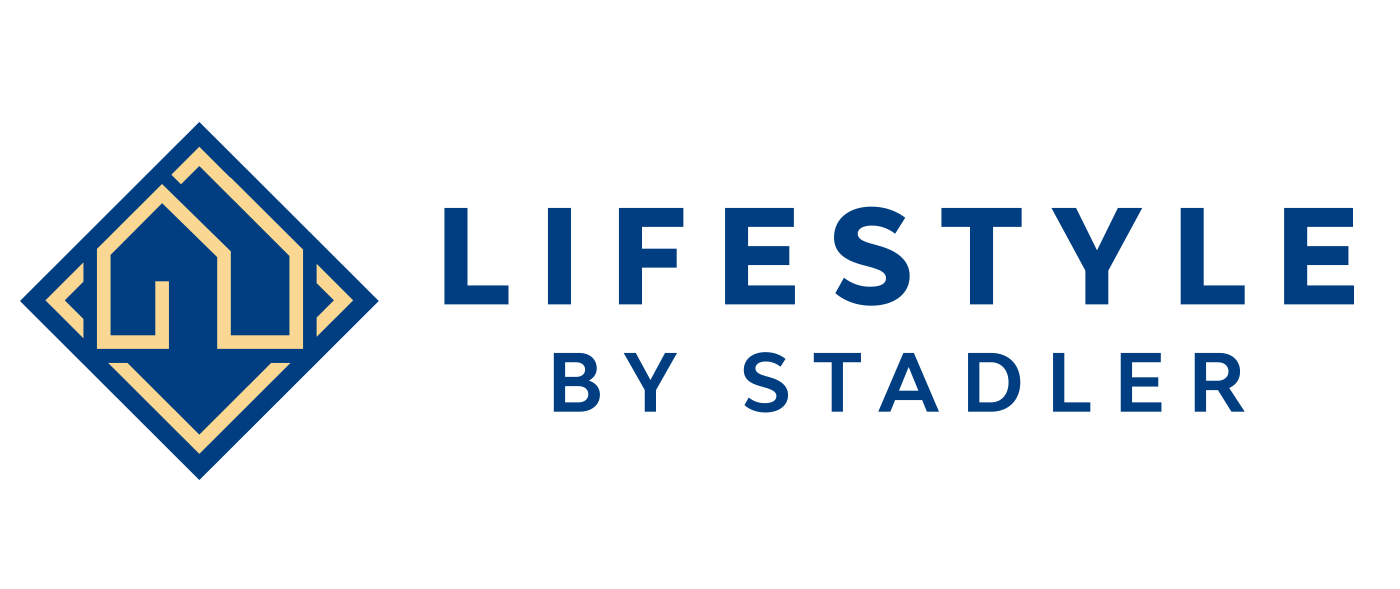Building a custom home in Texas can be a dream come true or a costly nightmare; this all depends on your level of preparedness. The key problem potential homeowners face is the difficulty in predicting how much to build a custom home and managing its construction. This is largely due to hidden expenses, fluctuating material prices, and unforeseen site issues.
This article will provide clarity about the true cost of building a custom home in Texas, revealing tips and strategies to plan your budget efficiently.
What Is Custom Home Building?
Custom home building revolves around the unique idea of creating a tailored living space for the client. It stands apart from the one-size-fits-all approach of typical homes, granting prospective homeowners the power to influence everything, from plot selection to interior designs. An important aspect concerns the type of materials used—this can range from the building materials for the structure to plumbing fixtures, contributing significantly to the custom home project’s overall budget.
Experienced custom home builders specialize in this process, blending architectural designs and homeowner visions into a real house that reflects the client’s personality and lifestyle.

How Much Does It Cost to Build Custom Homes in Texas?
The cost of building a custom home in Texas can greatly vary depending on many factors. On average, a custom home can range from $250 to $500 per square foot. This means that a 2,500-square-foot home could cost between $625,000 and $1,250,000. Note that this price does not usually include the cost of land or any potential additional fees like site works, permit applications, or interior finishes. Always consult with local custom home builders for the most accurate quotes.
What Factors Affect the Cost to Build a Custom Home?
Size of the Home
When building a custom home, it might seem intuitive to think that a larger home would automatically translate to a higher cost per square foot. However, the cost per square foot can actually decrease as the size of the house increases. This happens due to what is known as the economies of scale. When the size of the house increases, the material costs, labor, and utility lines can be spread across a larger area, resulting in a lower cost per square foot.
However, while the cost per square foot might reduce, the overall sales price of the home will definitely be higher due to the larger house size requiring more materials, work, and time. Therefore, homeowners should consider a range of sizes, keeping in mind their budget, and select a size that allows them to get the best value for money.
Location
Another critical factor that influences the cost of building a custom home is the location. This primarily dictates the cost of land, which can vary greatly depending on whether you’re buying in a rural area or a high-demand city. There are additional costs, such as permit costs and impact fees regulated by local building departments for issuing building permits. These additional fees differ by area and can greatly affect the project cost.
Types of Materials
The type of materials to be used for the construction alone varies in price, from the foundations of the home to the type of frame used, such as wood or brick, and fixtures like interior and exterior doors, as well as lighting fixtures. Even the fixtures for sewer facilities impact the final average cost.
In addition, the quality of materials affects the cost as well, whether you are aiming for a basic, affordable option or if you’re choosing a more expensive, higher-quality version. It’s also worth considering that high-end custom features, energy-efficient appliances, and sophisticated materials for plumbing costs or selections of interior or exterior design choices would all raise the median price.
Labor Costs
An underlying but important factor to consider when planning for a custom home project is the labor costs. These costs often include an architect’s hourly rates for the architectural services, the average labor cost of the construction workers, and the labor costs for all other crafts, such as electricians, plumbers, and interior designers involved in the building process.
These expenses can get more complex with a wider range of factors such as location, experience, and the complexity of the work to be completed as the design choices grow more intricate. Moreover, there may be ancillary costs involved in conducting assessments like land surveys for accurate pricing that could also add to the burden of labor costs.
How to Afford Building Your Own Custom Home
Developing a clear budget and using a reliable house calculator is the first step toward understanding the expected project cost. Various financial institutions offer construction loans, traditional mortgages, and construction-to-permanent loan options to offset the cost of construction.
It is also essential to consider the annual percentage rate and personalized rates offered by different lenders when comparing options. Adjusting plans or architectural designs can help lower costs. Also, seeking assistance from industry professionals like reputable custom home builders for accurate pricing can prove beneficial during the financial planning stage.

How to Save Money on Building a Custom Home
Use Cost-Effective Materials
Choosing cost-effective materials like fabricated building structure options can greatly reduce the total project cost and sometimes provide an affordable alternative to conventionally expensive materials. These low-end cost materials can offer an affordable option while ensuring you don’t have to compromise significantly on quality. This way, you ultimately get a balance between cost and decent quality in the materials that form the core building blocks of your customized house.
Opt for Simpler Designs
By opting for simpler design efforts and preferences, you can effectively reduce the average cost of your custom home project. Involved, elaborate architectural designs not only escalate the design fees but also add to the labor costs due to increased construction complications. Choosing simple housing styles, like traditional homes or single-family homes, can bring down these costs and squeeze your project into the lower end of the price range.
Ensure Efficient Use of Space
To optimize the construction costs, the size and usage of living space should be planned to have an efficient floor plan rather than just a large house. Effective utilization of space also reduces the square footage without significantly affecting the utility or the amount of living space, thereby reducing the construction cost per square foot on average. Thoughtful planning about room sizes, storage spaces, and outdoor spaces, including your kitchen size, can altogether make your home feel spacious without adding extra costs.
Anticipate Future Needs
Designing your custom home with future needs and potential lifestyle changes in mind can save you from incurring replacement costs or undergoing expensive renovations later on. For instance, planning for a possible multi-story home is far more cost-efficient while building the house than adding another story later on. Also, preparing for a sustainable life, for example, by including energy-saving features in your architectural plan, can save considerable energy costs over the long run.
Choose a Reliable Builder
Choosing a reliable custom home builder is paramount to ensure accurate pricing and a smooth construction process. They would better anticipate unexpected expenses, thus minimizing last-minute surprises such as increased labor costs or price hikes in building materials.
Always remember a good builder can give you an accurate estimate of the cost of construction, including additional costs, such as permit fees and land costs, aiding in better fiscal planning and effective cost management.
Bring Your Dream Home to Life With Lifestyle By Stadler
Building a custom home is a significant investment, and understanding the exact costs, from building materials to the cost of architects, is crucial. At Lifestyle By Stadler, as a distinguished custom home builder in San Antonio, Texas, we ensure transparent and accurate pricing.
With a legacy that spans over 30 years, our company is committed to bringing your dream home into real life while considering your budget, design preferences, and housing needs.
Call us today to begin your home-building journey.





